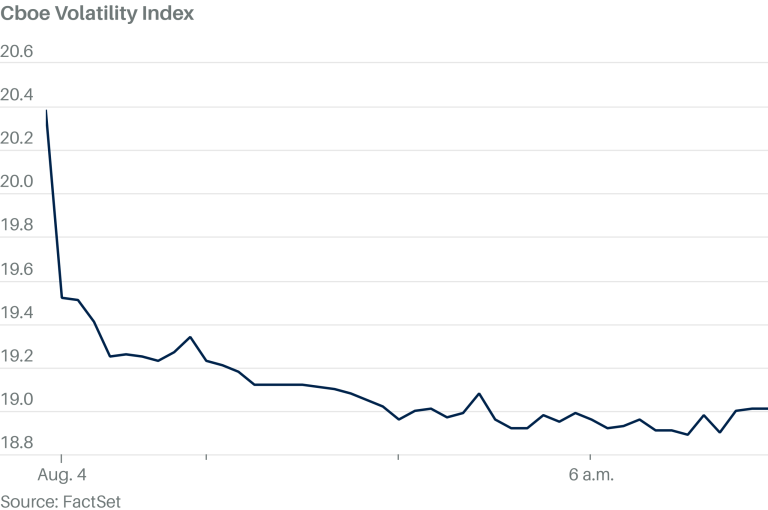At a time when geopolitical tensions between India and Pakistan are once again making global headlines, the economic gap between the two nations has never been wider. A few decades ago, Pakistan was ahead of India in some economic areas but now Pakistan lags significantly behind India across key economic indicators.
From GDP growth and per capita income to inflation control and employment trends, India has surged ahead with consistent reforms and strong economic performance, while Pakistan struggling with stagnation and instability. While both countries compete for influence, it’s India’s steady economic rise that is making the biggest impact on the world stage.
GDP per capita
Based on IMF data on GDP per capita (current prices, in U.S. dollars), India has shown strong economic progress over the past couple of decades. In the year 2000, Pakistan’s GDP per capita at $733 was significantly higher than India’s, which stood at just $442. This gap indicated that, at the time, Pakistan had a stronger per-person economic output compared to India. However, this early lead has reversed in recent years, with India showing much faster growth in GDP per capita since then.
From $1560 in 2014, India’s GDP per capita rose to $2,711 by 2024, marking a 74% increase over the last 10 years. In contrast, Pakistan’s performance has been comparatively stagnant. Starting from $1424 in 2014, it increased to only $1,581 in 2024, with a modest 11% growth in this duration. The global average GDP per capita also grew during this period—from $11,120 in 2014 to $13,933 in 2024, reflecting a 24% growth over the last decade. This comparison highlights that India has not only outpaced Pakistan significantly but also outperformed the global average in recent years in terms of per capita income growth.
GDP at current prices
Also, the data on GDP at current prices (in billions of U.S. dollars) reveals a sharp rise in India’s economic size and global relevance. In 2000, India’s GDP stood at $468 billion, contributing 1.37% to global GDP. Pakistan, on the other hand, had a GDP of $99 billion in 2000 and its share in global GDP was 0.29% in 2000.
The decade from 2014 to 2024 highlights India’s impressive economic expansion. India’s GDP nearly doubled from $2,039 billion in 2014 to $3,909 billion in 2024, reflecting a 92% growth. Correspondingly, India’s share of global GDP rose from 2.55% to 3.54%, indicating a strengthened role in the world economy.
In contrast, Pakistan’s GDP grew from $271 billion to $373 billion, marking a 37% growth over the same period. However, its global share remained unchanged at 0.34%. For context, the global GDP grew by 38% over the decade to $110.5 trillion in 2024. Thus, India’s growth significantly outpaced the global average, while Pakistan’s had the same growth rate, highlighting a clear divergence in economic momentum between the two neighbours.
Real GDP growth
The data on real GDP growth over the past decade also highlights India’s strong economic momentum compared to Pakistan and the global average.
Between 2015 and 2025, India recorded an average annual GDP growth rate of 6.08%, the highest among the three. Despite a sharp contraction in 2020 due to the pandemic (-5.8%), India rebounded strongly with growth rates of 9.7% in 2021, 7.6% in 2022, and 9.2% in 2023.
In contrast, Pakistan’s economy showed a more volatile and weaker performance, averaging just 3.43% growth over the same period. It faced a contraction in 2020 and even recorded negative growth in 2023 (-0.2%), indicating recurring economic challenges. The world economy grew at an average rate of 3.11% over this period, placing India well above the global trend and underlining its position as one of the fastest-growing major economies.
Unemployment rate
Similarly, as per maximum available data, unemployment trends from 2018 to 2025 also show a contrasting picture between India and Pakistan. India’s unemployment rate, which was relatively high at 8.9% in 2018, has steadily declined to a projected 4.9% by 2025, indicating an improving job market over the years. On the other hand, Pakistan’s unemployment rate, which stood at 5.8% in 2018, has worsened, rising to 8% by 2025. Notably, while India experienced a sharp drop in unemployment after 2021, Pakistan saw a significant spike in 2023, suggesting growing employment challenges in its economy.
Inflation
The data on inflation rates based on average consumer prices reveals diverging trends for India, Pakistan, and the world over the past decade. India maintained a relatively stable inflation environment, with a rate of 4.9% in 2015 and 4.7% in 2024, resulting in a 10-year average of 4.97%, which is only slightly above the global average of 4.46%. Globally, inflation rose moderately from 2.7% in 2015 to 5.7% in 2024.
In stark contrast, Pakistan experienced a severe surge in inflation. While the rate was a modest 4.5% in 2015, it skyrocketed to 23.4% by 2024, leading to a 10-year average inflation of 10.81%—more than double the global average figure. This suggests considerable economic stress and volatility in Pakistan’s pricing environment over the decade.







